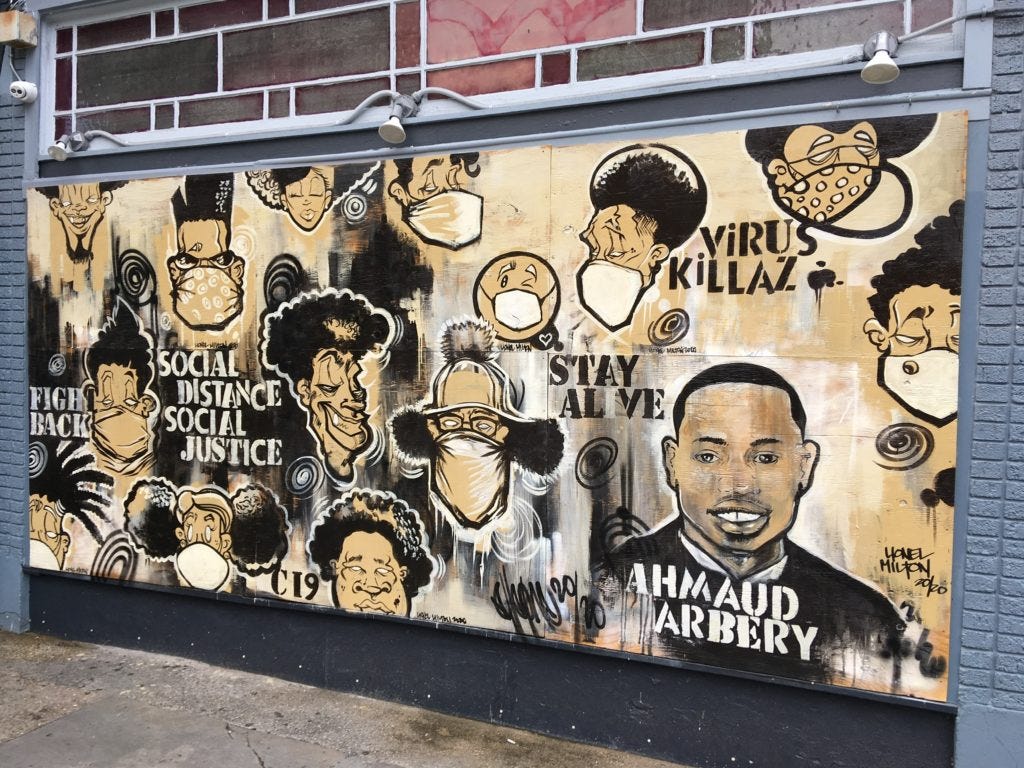Robert Moses (1888-1981) lived a long and fascinating life, coming of age at the dawn of the twentieth century and shaping the New York metropolitan region in ways that continue to have profound impacts on the lives of its inhabitants to this day. As his biographer, Robert A. Caro, points out in the introduction to The Power Broker, it is impossible to say that New York would have evolved into a better city if Robert Moses never lived. But it is possible to say that New York would be a very different city.
Few men have ever had a more profound impact on the evolution of a major city which, in many ways, Moses shaped like clay through the sheer force of his genius and immovable will to “get things done”. Yet Moses himself evolved over time, from an idealistic young man determined to bring better governance to his city, to a pragmatist who made sometimes questionable compromises to achieve his objectives, and finally to a man who came to believe that his end goals justified any means necessary to bring them to fulfillment. The massive sweep of the life and times of Robert Moses is chronicled in epic form by Robert A. Caro and no “summary” can possibly do the book justice. But there is much we can learn from examples of his work, drawn from distinct periods of his life in which he applied different approaches to achieve his goals. In a long-form essay published this week, I take three episodes from the life of Robert Moses that illustrate how his character evolved over time.
Read The Evolution of Robert Moses on The Rational Walk
Robert Moses Interview - 1953
I spent 40 hours reading The Power Broker and perhaps another 40 hours reviewing my notes and writing The Evolution of Robert Moses before I ever heard Moses speak. I found this fascinating 1953 interview of Moses early this week after publishing my article.
Moses carried himself in much the way I imagined he would have from what I read in the book. As an aside, I found the format and tone of television interviewing in the early 1950s quite interesting and a huge contrast in comparison to the more combative style of modern television.
Interesting Links
The Masks Masquerade by Nassim Nicholas Taleb, June 14, 2020. This article discusses errors in reasoning regarding masks and flaws in logic that led to confusing and conflicting advice from officials early in the crisis. (Medium)
Same As It Ever Was by Morgan Housel, June 16, 2020. Things that change get the most attention because it is exciting to think about change, but it is more important to think about factors that remain constant. (Collaborative Fund)
Calpers Prepares for the Long Haul by Ben Meng, June 14, 2020. Calpers needs 7% returns to fund its pension obligations. Calpers Chief Investment Officer Ben Meng writes about his plans to invest in private equity and private credit as well as to employ leverage to boost returns. This seems risky. (WSJ)
Growing the Internet Economy John Collison, co-Founder of Stripe, is interviewed by Patrick O’Shaughnessy in this podcast. Topics discussed range from technology startups to conglomerate investing. (Investor's Field Guide)
Investors Approaching Retirement Face Painful Decisions by Akane Otani, June 15, 2020. Every bear market seems to bring reports of people who feel forced to liquidate their stock holdings at the worst possible time. (WSJ)
Companies Unclear on How to Account for Coronavirus Aid by Mark Maurer, June 16, 2020. Accounting for government aid related to COVID could be confusing or misleading. It will be important for investors to be vigilant when examining second quarter financial statements. (WSJ)
Focused Compounding Podcasts Geoff Gannon and Andrew Kuhn's podcast series features several short episodes every week covering a variety of investment topics. I've found myself often listening to one of their podcasts when I have 20-30 minutes to spare. (YouTube)
Playing the Market Has a Whole New Meaning by Jason Zweig, June 12, 2020. Many investors don't seem to know what they are doing, and increasingly they don't seem to care that they don't know what they are doing. (WSJ)
Street Art in New Orleans
New Orleans is slowly opening up the economy and recently allowed restaurants to move from 25 to 50 percent of capacity and bars to open at 25 percent of capacity. However, many establishments remain closed and boarded up and it is not clear how many shuttered businesses will eventually reopen.
Artists have taken this opportunity to express their views regarding COVID and the social unrest taking place throughout the country by painting or drawing on the boards. Here is one of countless examples I saw on Sunday afternoon.
Copyright, Disclosures, and Privacy Information
Nothing in this newsletter constitutes investment advice and all content is subject to the copyright and disclaimer policy of The Rational Walk LLC.
Your privacy is taken very seriously. No email addresses or any other subscribers information is ever sold or provided to third parties. If you choose to unsubscribe at any time, you will no longer receive any further communications of any kind.


